Plan your Luoyang Tour? Museum of Luoyang Eastern Zhou Royal Horse and Chariot Pits is an interesting place to visit no matter you are a cultural history buff or not.
The museumm is built over the sacrificial pit area for the emperors in Eastern Zhou Dynasty (770BC – 256BC) with its capital at the site of the present day Luoyang. The burial of the royal horse and chariots here in Luoyang is earlier than that of Terracotta Warriors during Qin Dynasty (221–206 B.C.) in Xian.
The city of Luoyang went through thirteen dynasties and 105 emperors starting Xia Dynasty (2070BC-1600BC), Shang Dynasty (1600BC-1046BC), Eastern Zhou Dynasty(770BC-256BC), Beiwei Dynasty (493AD-534AD), Sui Dynasty (605AD-619AD) and more with a history of over 4,000 years! It should be definitely included in your Luoyang tour program.
The museum’s former English name is quite long while it is colloquially called “Tianzi Jialiu Museum”. “Tianzi” means emperors while “Jialiu” means their chariots driven by 6 horses. The discovery of the Tianzi Jialiu Site has great impact on the Chinese archaeology and history.
It is a proof that in the Zhou Dynasty, the emperors had 6 horses to drive their chariots; the vassals 5 horses; the ministers 4 horses; scholar-bureaucrats 3 horses; scholar-officials 2 horses and Common People 1 horse, a kind of strict etiquette formed in Zhou Dynasty, which had been only recorded in ancient books before it was discovered underground in 2002. So the number of the horses indicated the rank and identity of the nobles.
In 2002, the expansion construction of the Luohe Center Plaza stumbled upon the sacrificial site of the Eastern Zhou Royal Horse and Chariot Pits. Its discovery immediately arose the great attention of the local government. A special expert team was set up to access and study the site ending up with a detailed protection proposal.
The construction expansion of Luohe Central Plaza was halted and a new museum was established. On October 01, 2003, the museum was open to the public. So the horse and chariots site has been there for over 2000 years!
Tianzi Jialiu Museum covers an area of 1,700 square meters. It is located underground centrally in the Dongzhou Wangcheng Square 王城广场 (Eastern Zhou Emperor City Square). The museum has three sections – One for the brief introduction of Eastern Zhou Dynasty; second for Eastern Dynasty Mausoleum the third for the pit itself.
So the Tianzi Jialiu Museum is located centrally in the city of Luoyang. It is walkable along the axis down south from Luoyang Railway Station. Many buses take you there including buses 6, 41, 50, 52, 56, and 86 and get off at Wangcheng Square (王城广场).
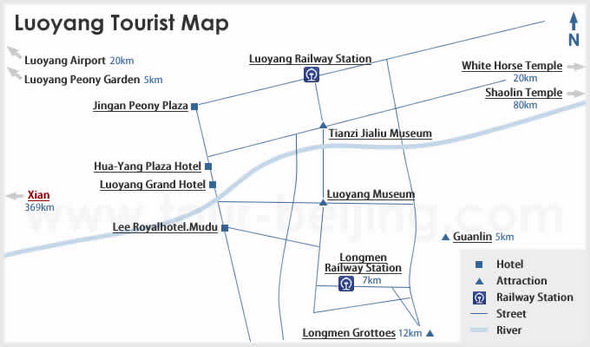
Entrance fees: RMB 30
Opening time:9:00 – 17:00
Enquiry: 0379 – 6391399 – 8000
Luoyang Tourism Hotline: 0379 – 12301
The statue of th six horses is the symbol of the Wangcheng Square as well as the sign for the entrance to the underground museum of Luoyang Eastern Zhou Royal Horse and Chariot Pits.
Exhibition One: The brief introduction to Eastern Zhou Dynasty
The Eastern Zhou Dynasty began when King Ping moved his capital to Luoyi (today Luoyang) in BC770 and was destroyed by Qin state in BC 256 and lasted 515 years.
Totally there were 25 kings ruled the Easern Zhou Dynasty, also called Spring and Autumn, and Warring States period in history books. Two cities in Luoyang area, named King City and Cheng Zhou City respectively, the became the capital of Eastern Zhou Dynasty.
The layout of the city in Eastern Zhou Dynasty and Timeline of Emperors in Eastern Zhou Dynasty
A model of the King City of Eastern Zhou Dynasty
Eastern Dynasty Mausoleum
Then move on to next section – Mausoleum Exploration. The tombs in this area (King city) is the important mausoleum in Eastern Zhou Dynasty. All the 25 kings were buried in Luoyang. Their mausoleums are located on three areas – King City, Chengzhou City and in the summit of Zhou Mountains.
Bronze Chime-Bells in Eastern Zhou Dynasty
In ancient China, the jade wares were revered and wildly used. It is said that a man of great honor is equal to a precious jade. In Eastern Zhou, nobles were asked to wear jades to keep different form common people. Many of the jade wears have been unearthed in Luoyang.
Horse and Chariots Pit
In ancient China, the number of horses pulling the chariots for emperors represent the rank and nobles. A snap of horses pulling the chariots Pit.
the number of horses pulling the chariots for emperors
4 horses driving the chariots
2 horses driving your chariots car or van
Six Horse pulling the horse.

Tip: Hassle-free Luoyang Guided Tours
If you don’t want to go the do-it-yourself route and prefer the hassle-free escorted tours, here are some options for Luoyang Guided Tours:
Luoyang Tour
Luoyang Car Rental
Luoyang One Day Private Tour
Luoyang- Shaolin One Day Private Tour
Beijing Luoyang 2 Day Round Trip Tour
Xian Luoyang Day Tour by Bullet Train
Further Readings
Top 10 Attractions in Luoyang
How to Visit Shaolin Temple
Where to Stay in Luoyang
Luoyang Museum Guide
Museum of Luoyang Eastern Zhou Royal Horse and Chariot Pits
How to visit White Horse Temple
Longmen Grottoes Travel Tips
Kung Fu Show at Shaolin Temple
Longmen Railway Station
Luoyang Taxi






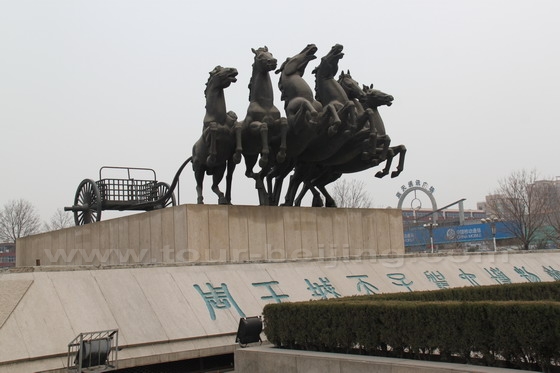

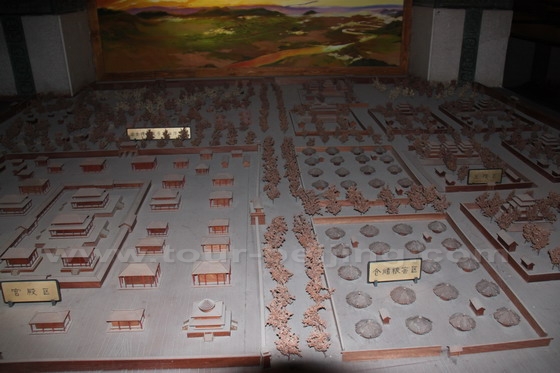
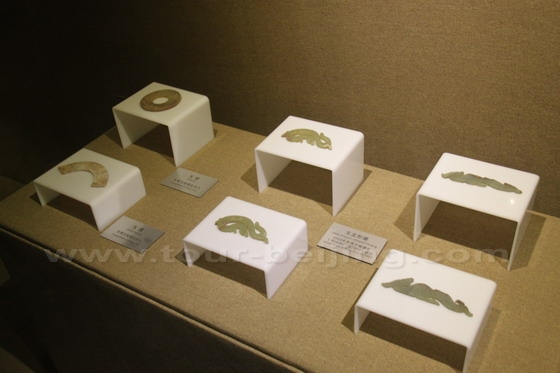
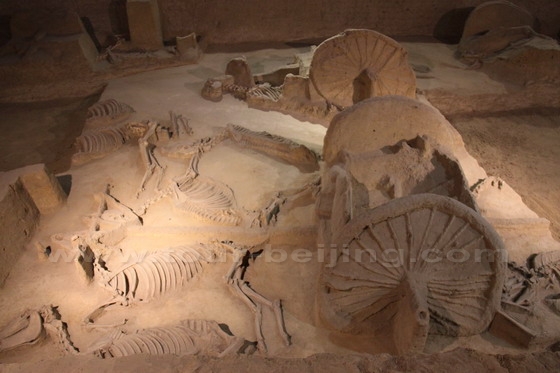
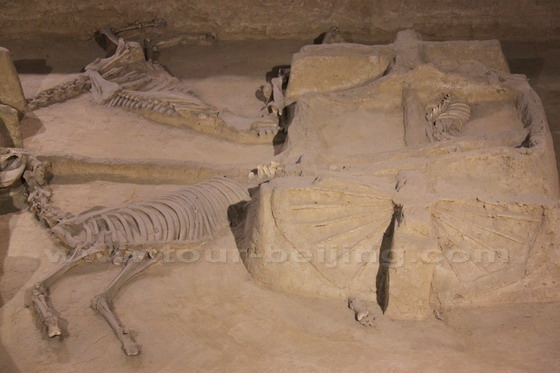
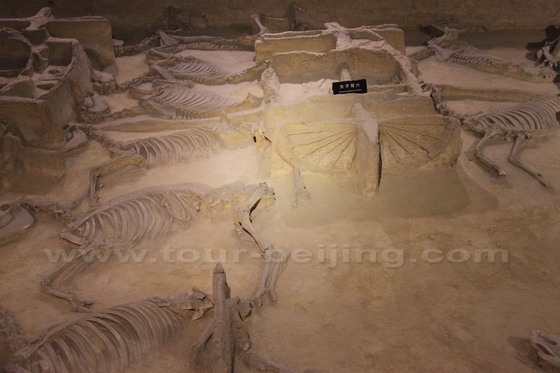
Hello,
My company creates multimedia guides for cultural sites and we would like to use a picture for a french museum : http://www.tour-beijing.com/blog/wp-content/uploads/Museum-of-Luoyang-Eastern-Zhou-Royal-Horse-and-Chariot-Pits.jpg
Do you allow this use ?
Thank you for your answer,
Leslie Guyomard
Hi Leslie,
Sure, you can use the picture.
Hi Leslie,
Yes, you can. See the link: http://www.tour-beijing.com/blog/henan-travel/luoayng-travel/museum-of-luoyang-eastern-zhou-royal-horse-and-chariot-pits
why did they do this…kill the horses? Also, what are the two large squares within the display?